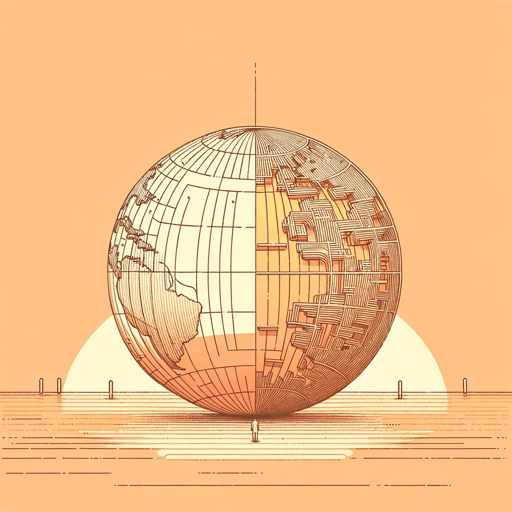58 pages • 1 hour read
Peter ZeihanThe End of the World Is Just the Beginning: Mapping the Collapse of Globalization
Nonfiction | Book | Adult | Published in 2022A modern alternative to SparkNotes and CliffsNotes, SuperSummary offers high-quality Study Guides with detailed chapter summaries and analysis of major themes, characters, and more.
Section 7, Chapters 38-46Chapter Summaries & Analyses
Section 7: “Agriculture”
Section 7, Chapter 38 Summary: “What’s at Stake?”
De-industrialization translates into an end to large-scale food production and therefore the return of large-scale famines (392). In early history, wheat was the plant of choice, as it is hardy and grows quickly. The first three civilizations combined the potential of wheat and irrigation, generating the world’s first large-scale food surpluses. Because harvesting wheat requires work, for 2,500 years powerful empires conquered civilizations that had large-scale wheat production and required those civilizations to feed their empire. Three developments stopped this habit. The Industrial Revolution introduced synthetic agricultural inputs, such as fertilizer, doubling the output and changing the geographies of success. Electricity and refrigeration, which allowed for longer storage, changed the rules of the game as well. Global trade disrupted the widespread planting of wheat. Countries could import wheat cheaply and instead grow other crops or materials. This resulted in food specialization, and food was shipped from continents away, changing diets. In 2022, only a handful of places grew wheat.
Section 7, Chapter 39 Summary: “The Geopolitics of Vulnerability”
The author considers the impact of all his variables on agriculture. If farmers cannot access manufactured products, such as row croppers, the food supply will experience negative effects. The former USSR has notoriously old equipment and is the origin of 40% of wheat exports.
Featured Collections
Books on U.S. History
View Collection
Business & Economics
View Collection
Community
View Collection
Globalization
View Collection
Immigrants & Refugees
View Collection
Memorial Day Reads
View Collection
Military Reads
View Collection
New York Times Best Sellers
View Collection
Political Science Texts
View Collection
Politics & Government
View Collection
Safety & Danger
View Collection
YA Nonfiction
View Collection

